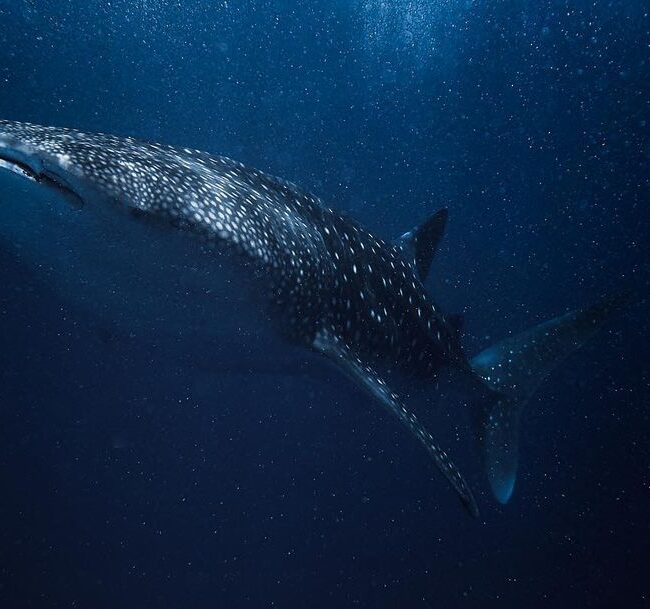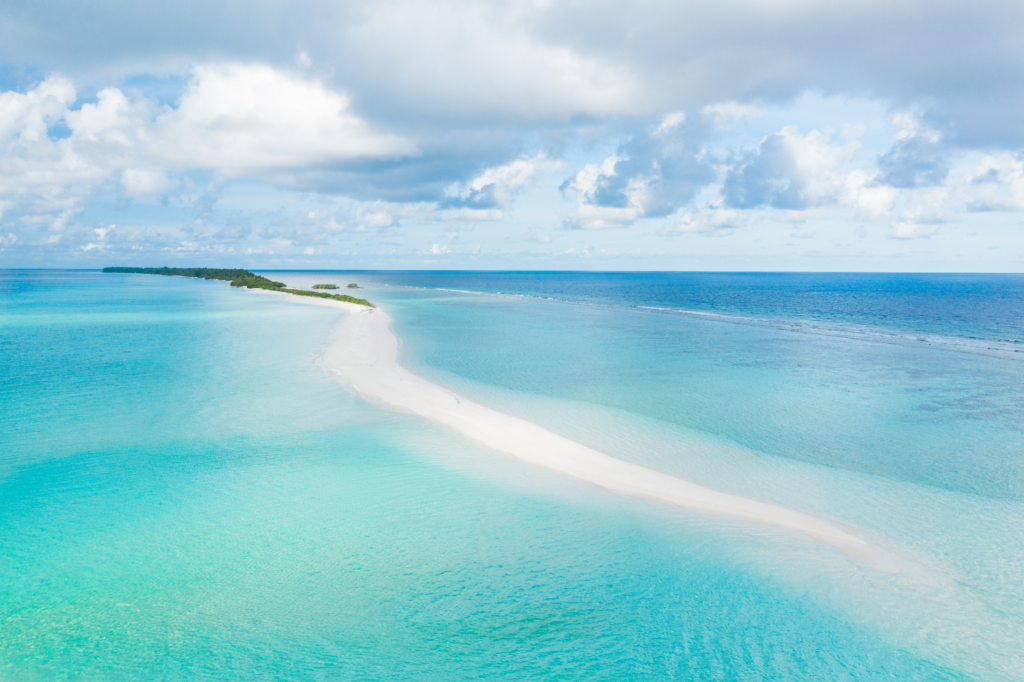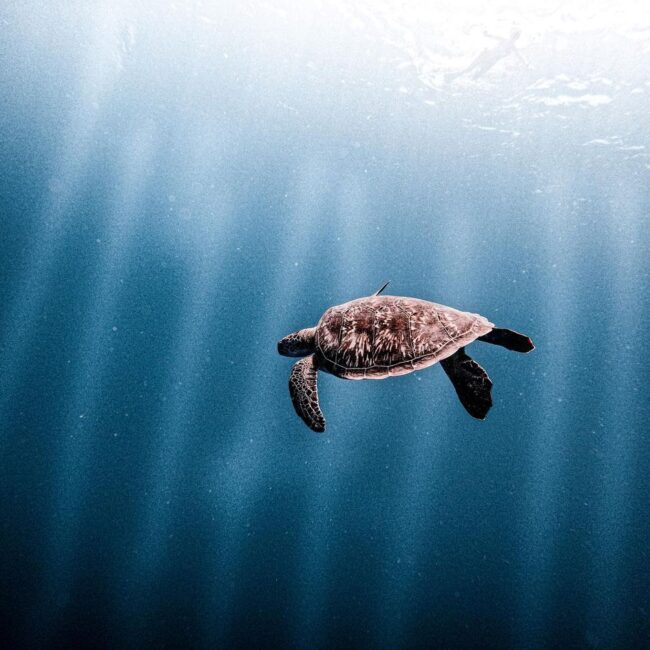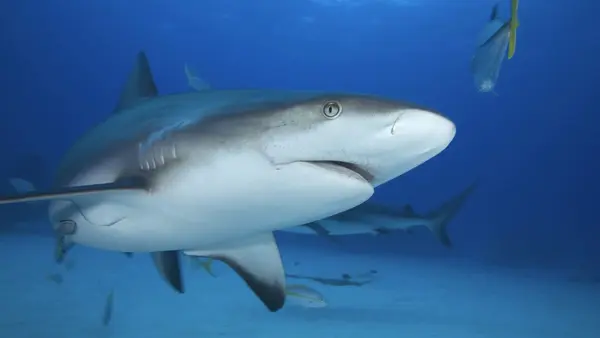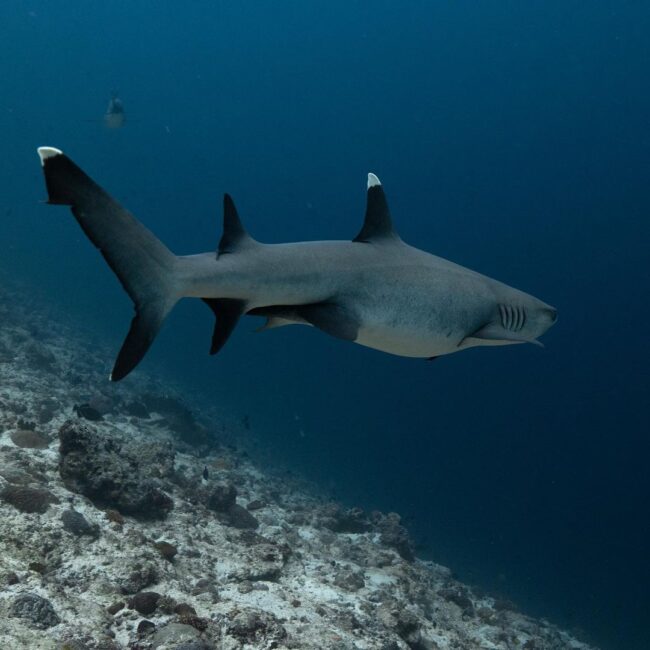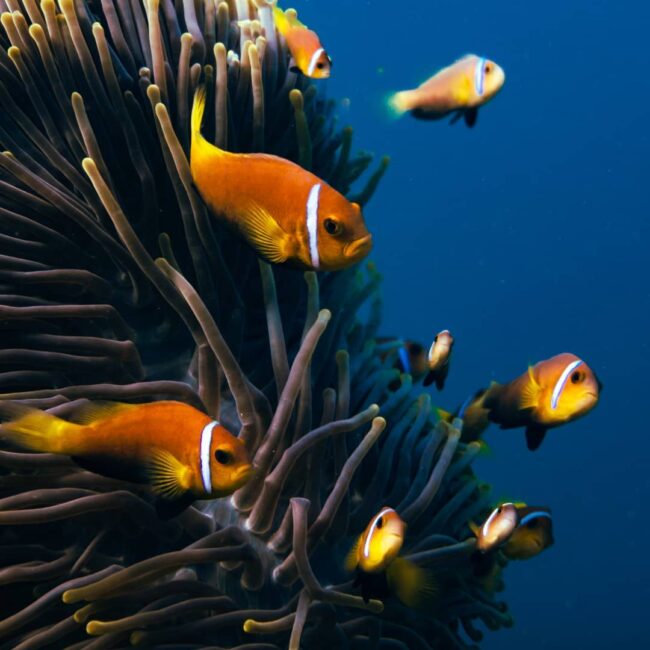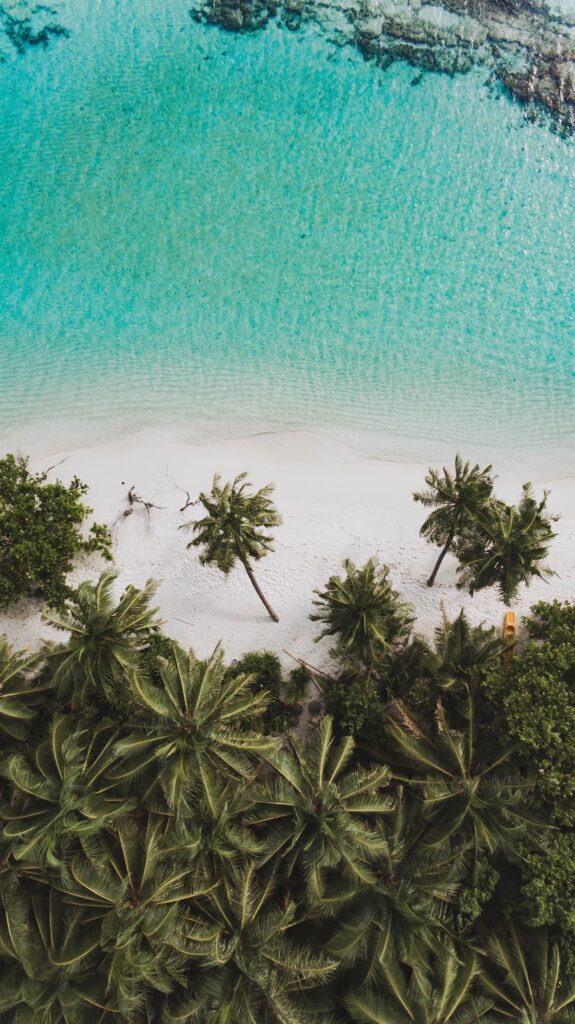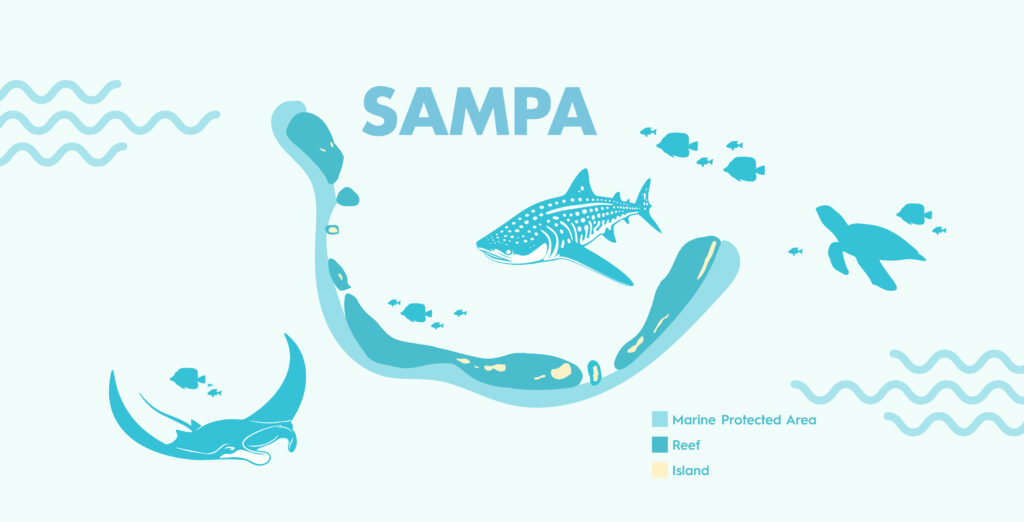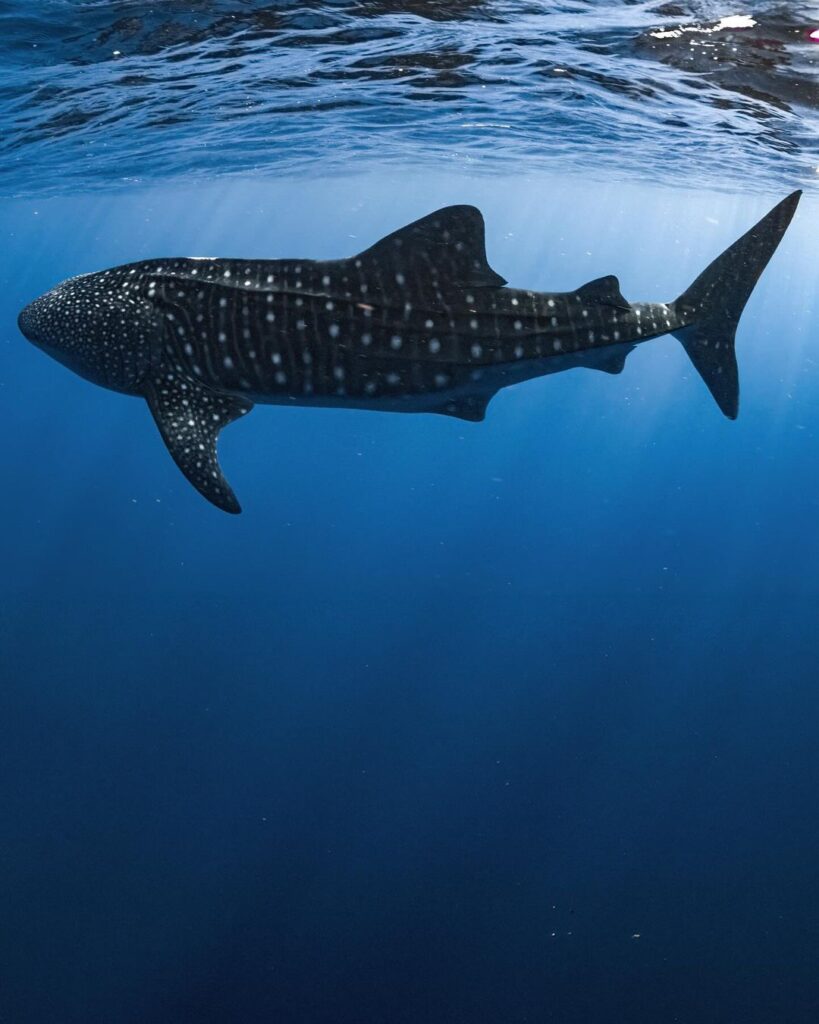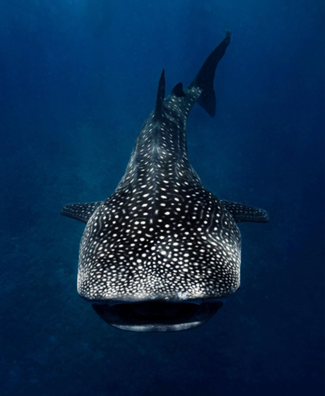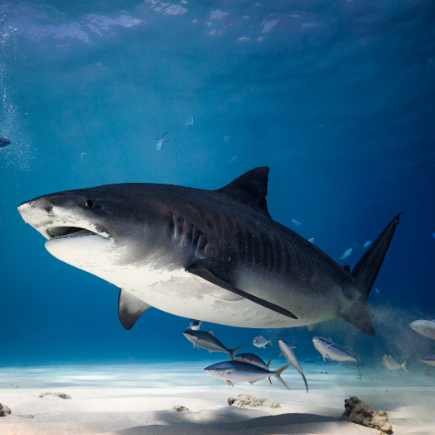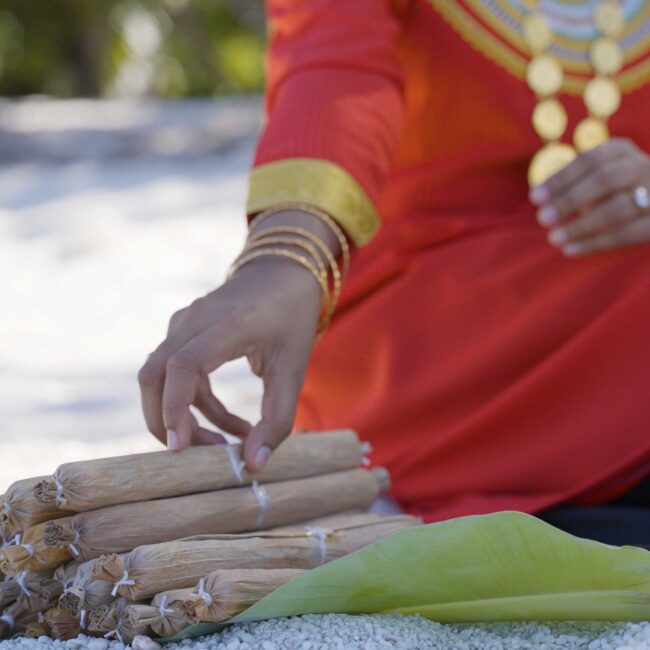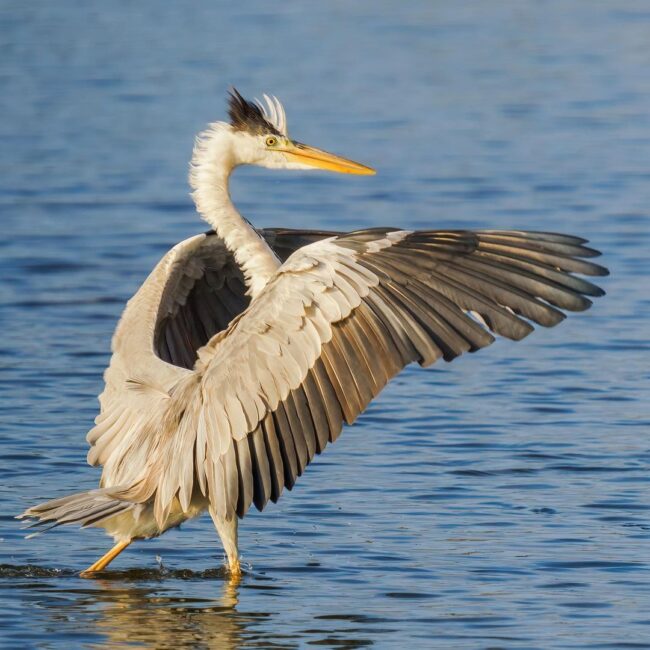The Ancient Folk Story of Mathiveri Finolhu’s Mysterious Formation
Photo credits: teddscmv via unsplash
The Maldivian archipelago is a treasure trove of ancient folklore and folk stories interwoven with elements of culture, tradition, and of course, cautionary tales. Passed down through generations, one of these is the story of ‘Boanbe’- of how the island of Mathiveri in Alifu Alifu Atoll, belonging to the Ari region, lost their station as a powerhouse of the atoll and how the cay (or sandbank) now known as Mathiveri Finolhu became separated from the island with the spontaneous formation of a Fungandu (lagoon).

Photo credits: kudey_ismail
Mathiveri Finolhu is an island that belies its modest dimensions, holding immense cultural significance. Situated to the north within the expansive canvas of the Maldives, this elongated strip stretching 450 metres in length, but a slender 50 metres in width, stands in stark contrast to the archetypal round shape of Maldivian isles. Mathiveri Finolhu is currently used as a picnic island that locals and visitors alike are welcome to travel to at no additional expense. As a matter of fact, the preferred method of travel is to just swim there, as it lies a mere whisper away from the larger expanse of Mathiveri Island.

Photo credit: Ahmed Saeed via unsplash
In the bygone days, Mathiveri was an island flourishing with power and a multitude of inhabitants. There was a particular era where a single family housed more than 40 men and where seven Island Chiefs (Katheebu) reigned under the watchful eye of a ‘King’ or Superior Chief (Ras Katheebu). With the immense strength of the island at the time, they created specific, peculiar, and burdensome rules that were imposed on those who lived in neighbouring lands. One such curious ritual, meant to be adhered to without question, demanded any fishing boat entering the channels of Mathiveri to collect a bucket of sand and a bit of sea lettuce from the northern shores. All the fishing boats from the nearby islands always obeyed this rule, and things were good for a time.
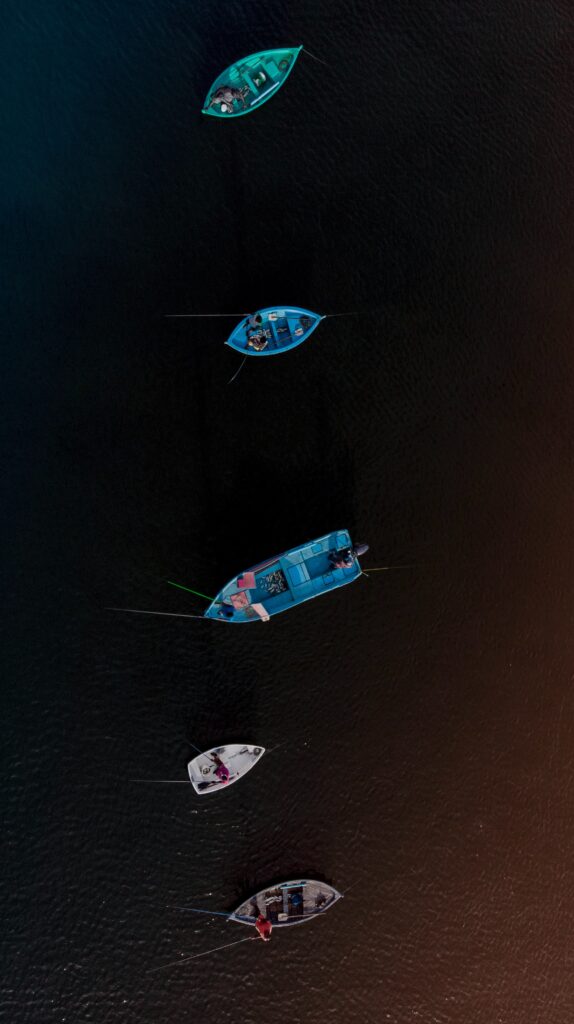
Photo credits: teddscmv vis unsplash
However, the harmony was disrupted when a fishing boat from neighbouring Ukulhas Island dared venture past Mathiveri’s domain without paying heed to this odd tradition. It is unknown whether this was done on purpose by the Ukulhas fishers as rebellion against the unnecessary decrees, or whether it was an honest mistake. The men of Mathiveri were enraged by this breach and did not bother trying to speak to them to find out why they didn’t follow the rules. Propelled by collective wrath against the presumed disrespect, they stripped themselves of all clothing and dignity, voyaging to Ukulhas the next day while the men were away fishing. They wreaked havoc, vandalising and destroying the peaceful island.
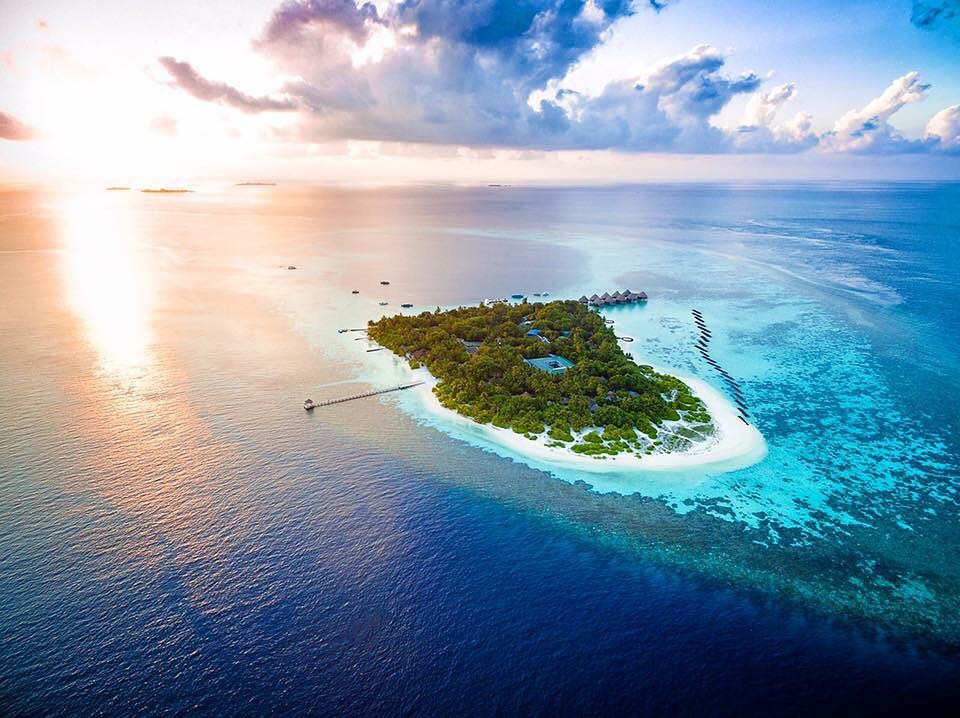
Photo credit: maldivity
Returning from their violent rampage, fate proved to have an equally cruel answer to their vainglory. They stumbled upon a sight on the beach near the uninhabited isle of Velidhoo (now Velidhoo Island Resort)– the lifeless form of a stunning woman. While they were warned of the possibility that this might be an evil otherworldly being (Han’di), most of the men disregarded the caution and went closer and closer to the corpse, despite the impassioned pleas of the elders.
The consequences of their transgressions were swift and unrelenting. When they returned home to Mathiveri island, the sunlight dimmed to a haunting yellow, a strange unknown illness plagued the people, and death swept through the men, claiming lives one by one. With limited knowledge of religious burial practices, the deceased were laid to rest without the proper rites as the monumental tragedy continued to unfold. The ancient mass burial ground can still be seen today in Mathiveri Island and is a popular site for adventurous visitors.
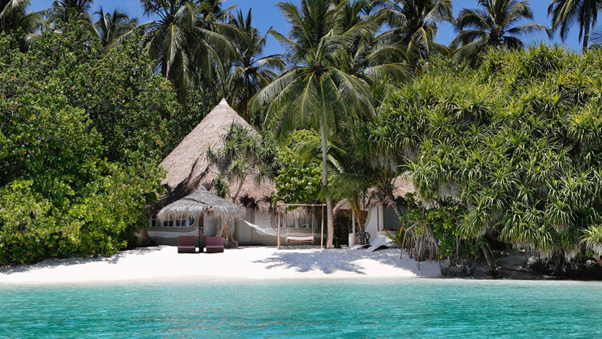
Photo credit: Nika Isand Resort
As the population dwindled to a mere fraction of its former glory, the few remaining inhabitants became desperate enough to seek council from what they had previously considered ‘lesser islands’. They summoned a religious figure from Dhaalu Rinbudhoo, who advised a temporary exodus to the neighbouring Kuda Folhudhoo (now known as Nika Island Resort) until the malevolent haunting in Mathiveri subsided.

Photo credit: raskalun.mv
The religious guide ordered the sacrifice of a red rooster at the precise juncture where Mathiveri connected to its long and beautiful sandbank. As the rooster met its end, convulsing in its final throes, a remarkable transformation occurred. The land began to shift and quake, forming a deep lagoon or ‘Fungandu’, severing Mathiveri and the sandbank now known as Mathiveri Finolhu. Further instructions were given – the construction of a road, now known as Roashanee Magu, dividing the island. Residents were warned against inhabiting one side.
With the completion of the religious rite, the curse that plagued Mathiveri gradually ebbed away. The people, bearing the weight of their transgressions, returned to their island, hoping to rebuild their once vibrant community while remaining more mindful of the perils of overstepping the boundaries of decency and the price paid for undue violence. The Boanbe story continues to live on through oral traditions in Mathiveri Island as a reminder that even the mightiest of powers can crumble and the most prosperous of places can fall.

Photo credit: kudey_ismail
Many many years later, Mathiveri is now a thriving guesthouse island with several charming places to stay, even on the aforementioned Roashanee Magu. The lagoon splitting Mathiveri and Mathiveri Finolhu has become an attraction rather than a reminder of a folktale from the distant past. Visitors are rightly enthralled by the undamped beauty of Mathiveri Fungandu and Finolhu, and remains a popular local spot for swimming, snorkelling, diving, picnics, and photoshoots for islanders from all over Ari.
If you are making the trip to Mathiveri Island to explore the remnants of this ancient story, there are a few other stops that you should make.
One of the most interesting cultural sites in the island is the Aasaaree Miskiy, which translates to Ancient Mosque. While there is usually some dissonance when trying to find out exactly how old such a structure is, we know exactly when the Aasaaree Miskiy at Mathiveri was constructed. A bronze plate placed in the mosque states that it was built on 15th of Jumaadhul-akhir 1146 (21st November 1733, Friday), making the mosque an astounding 285 years old, the oldest structure in the island. It was Ali Kaleyfaanu Fui Umar Kaleyfaanu from the previously mentioned Rinbudhoo Island who constructed this mosque, and prayers are still conducted there. However, traveller’s are always welcome to visit and marvel at the enduring craftsmanship of ancient Maldivian stonemasons.
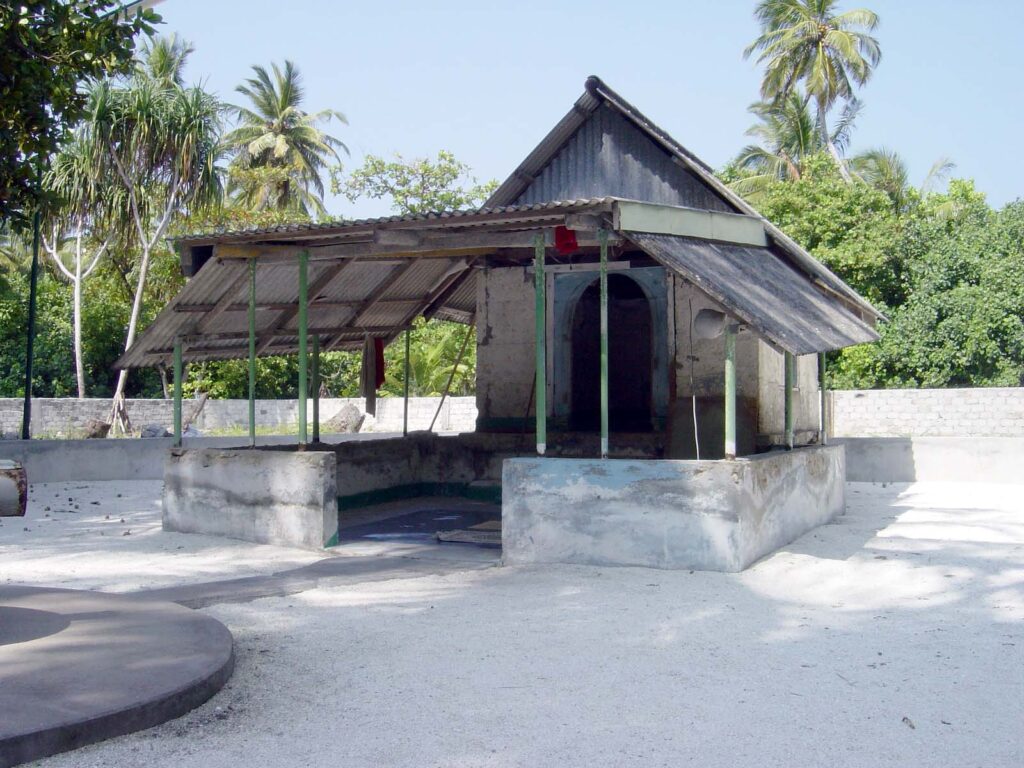
Another ancient sight in Mathiveri island to marvel at is the giant Nikagas (Banyan Tree). Residents of the island claim that this tree is over 200 years old, and it isn’t hard to see why. The giant tree is the first thing that every person would see when arriving at Mathiveri Island, rivalling the island’s cell phone tower in height. Every visitor is recommended to visit this ancient tree and tie a knot on one of the hanging roots for a prosperous holiday and journey ahead.
With all these rich cultural stories and places of significance to visit, Mathiveri island has become a flourishing tourist destination for those looking for the quintessential serene Maldivian experience. Visitors are spoiled for choice with a wide variety of guesthouses littered around the island, several lovely places to eat, and warm welcoming smiles from the locals everywhere they go.
